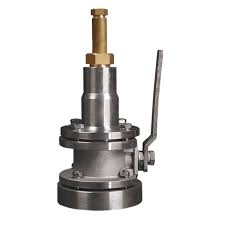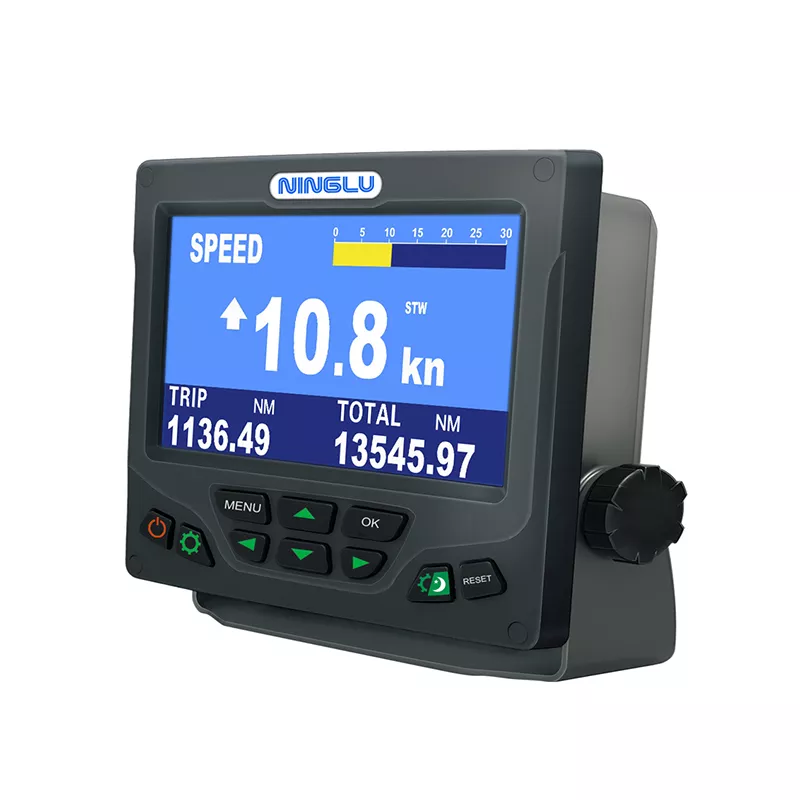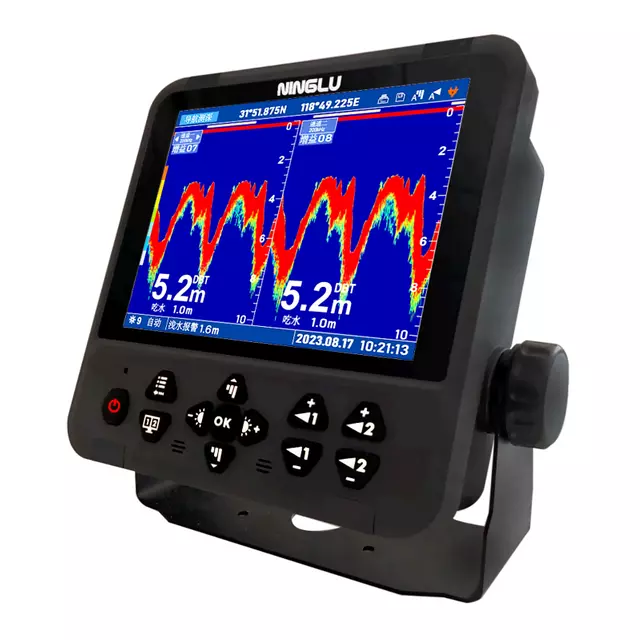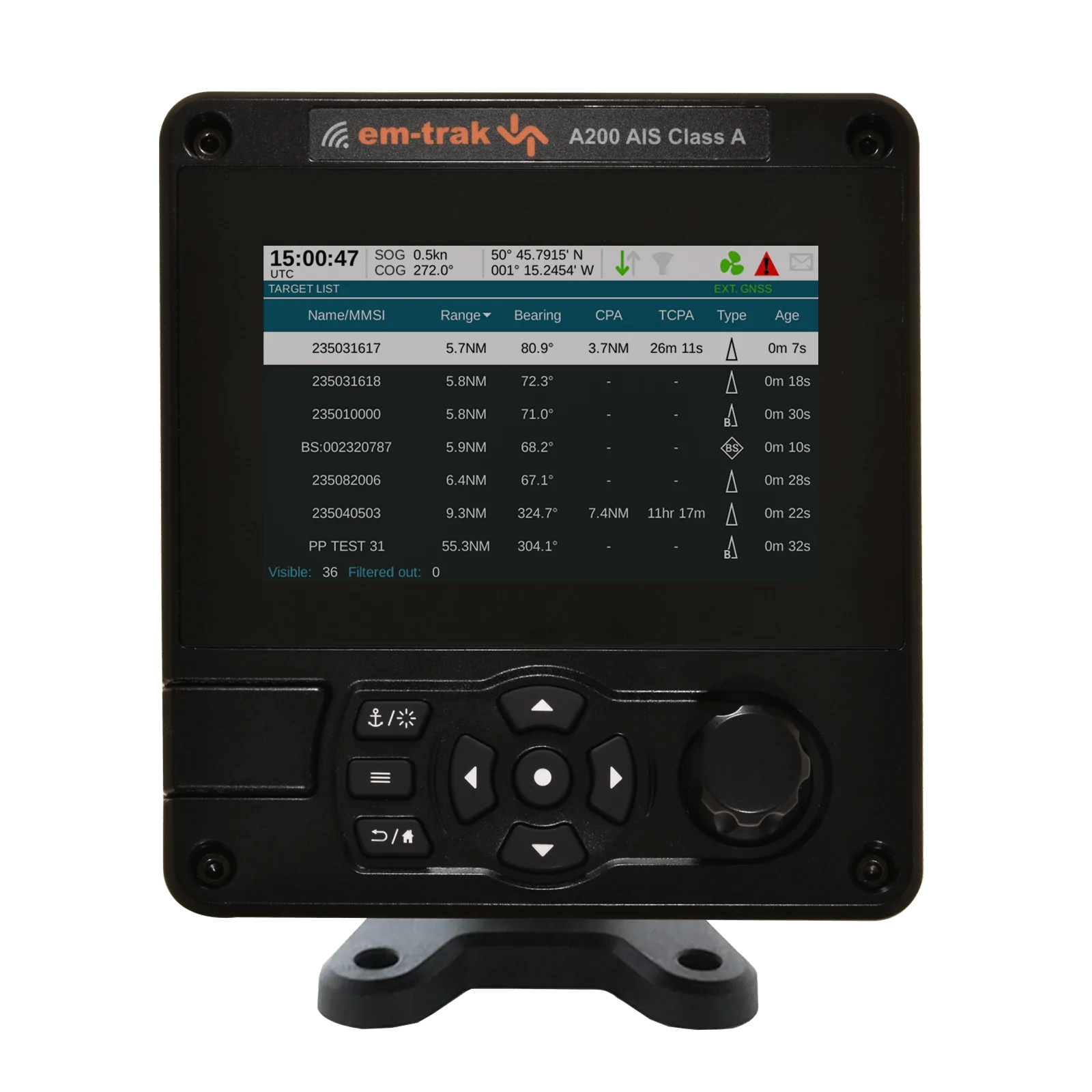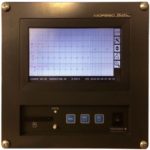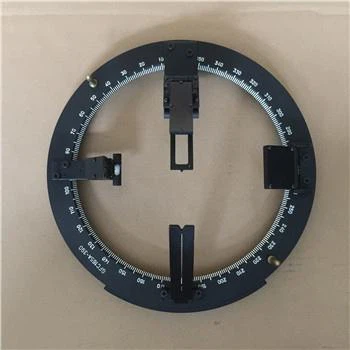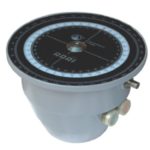Marine VHF and UHF Portable Radios
Marine VHF (Very High Frequency) and UHF (Ultra High Frequency) portable radios are essential communication devices used in maritime operations for ship-to-ship and ship-to-shore communication. These radios are designed to operate within specific frequency ranges allocated for maritime communication, ensuring reliable communication and safety at sea.
Introduction to Marine VHF and UHF Radios
Marine VHF radios operate in the frequency range of 156 to 174 MHz and are primarily used for short-range communication, including distress alerts, navigation, and routine communication between vessels and shore stations. UHF portable radios, operating in frequencies above 300 MHz, are used for more localized communications and specific operational needs in maritime and port environments.
Key Features of Marine VHF and UHF Radios
- Channel Selection: Marine radios offer preset channels for common communication purposes, such as emergency calling, weather updates, and port operations.
- DSC (Digital Selective Calling): Some VHF radios are equipped with DSC capabilities, allowing for automated distress alerts and direct vessel-to-vessel communication.
- Battery Life: Portable radios feature long-lasting battery options to ensure continuous communication during extended maritime operations.
- Waterproof Design: Many marine radios are designed to withstand harsh maritime conditions, including waterproof and shock-resistant features.
10 FAQs about Marine VHF and UHF Radios
| Question | Answer |
|---|---|
| What are Marine VHF and UHF radios? | Marine VHF and UHF radios are communication devices used for ship-to-ship and ship-to-shore communication in maritime operations. |
| What is the difference between Marine VHF and UHF radios? | Marine VHF radios operate in the VHF frequency range (156-174 MHz) for broader marine communication, while UHF radios operate in higher frequencies (above 300 MHz) for more localized and specific communication needs. |
| Are Marine VHF radios mandatory on vessels? | Yes, Marine VHF radios are mandatory on most vessels for safety and operational communication, complying with international maritime regulations. |
| What is DSC on Marine VHF radios? | Digital Selective Calling (DSC) on Marine VHF radios allows for automated distress alerting and direct communication with other vessels equipped with DSC capabilities. |
| Can Marine VHF radios be used for distress alerts? | Yes, Marine VHF radios can transmit distress alerts using DSC or voice communication, facilitating quick response from nearby vessels and search and rescue authorities. |
| How far can Marine VHF radios transmit? | Marine VHF radios typically have a line-of-sight range of up to 20 nautical miles or more, depending on antenna height and atmospheric conditions. |
| Do Marine UHF radios require a license? | Yes, operating Marine UHF radios may require a license depending on the country’s regulations and the frequency band used. |
| What are the primary uses of Marine UHF radios? | Marine UHF radios are used for port operations, dock communication, and other localized maritime activities requiring short-range communication. |
| Are Marine radios waterproof? | Many Marine VHF and UHF radios are designed to be waterproof and resistant to shock and vibration, ensuring durability in maritime environments. |
| Can Marine radios be used on land? | Marine VHF and UHF radios are optimized for maritime frequencies and may not perform optimally on land due to signal propagation characteristics. |
Conclusion
Marine VHF and UHF portable radios are indispensable tools for maritime communication, ensuring reliable and effective communication between vessels and shore stations. By understanding their features and operational capabilities, maritime professionals enhance safety and operational efficiency, contributing to seamless maritime operations.

